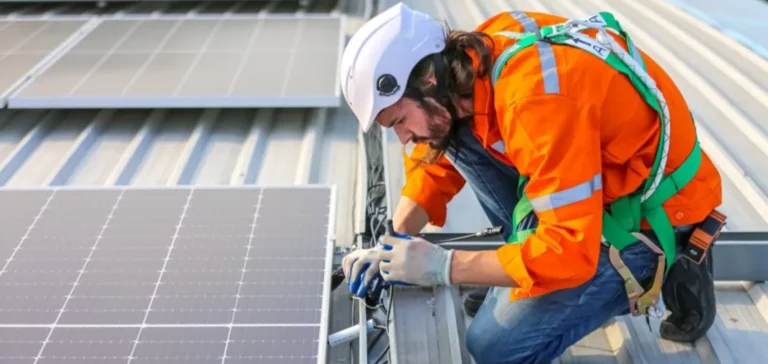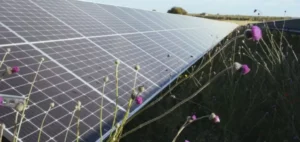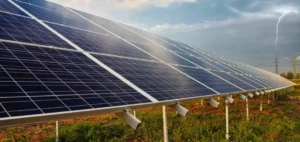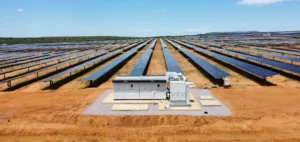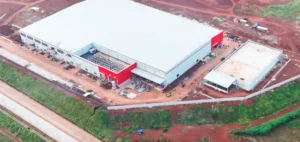The global solar photovoltaic (PV) installers market is expected to grow from $282.18bn in 2024 to $651.33bn by 2030, with a compound annual growth rate of 15 %. This increase reflects accelerating demand for solar solutions, particularly in the residential and commercial sectors.
Residential demand drives installer activity
The rise in rooftop solar installations in residential areas is a key factor. Homeowners, motivated by the desire to control their consumption and benefit from surplus buyback mechanisms, are increasingly relying on qualified installers. The proliferation of small-scale projects creates a steady flow of assignments for technicians, with shorter deployment timelines and more frequent neighbourhood interventions.
Community-based adoption and word-of-mouth further amplify this trend. The local presence of many installers enables easier market access and supports organic sector growth. Stability of orders in the residential segment offers valuable visibility for small businesses and specialised contractors.
Technological innovation changes the profile of installations
The growth of thin-film technologies is transforming installation practices, especially on buildings with non-standard surfaces. Lighter and more flexible, these materials expand installers’ reach into complex architectural structures. Their increasing adoption is pushing companies to train skilled personnel to meet new technical requirements.
Meanwhile, crystalline silicon remains the dominant choice, valued for its reliability and energy efficiency. Its compatibility with standard mounting systems simplifies construction execution and encourages process standardisation. Installers benefit from reduced intervention times and more predictable project planning.
Public policy and urbanisation accelerate the pace
Supportive regulations, combined with subsidies and tax incentives, play a central role in expanding the sector. Tax credits, feed-in tariffs and training programmes supported by public authorities broaden access to the installer profession and drive job creation.
The integration of photovoltaic systems in urban construction projects is also boosting demand. Public buildings, shopping centres and residential developments seek to comply with energy efficiency standards, generating high volumes of installation contracts. Urban areas, with stronger logistics and administrative infrastructure, allow installers to streamline operations.
Rising energy costs favour installations
The continued increase in electricity prices pushes households and businesses to seek more stable alternatives. Photovoltaic systems offer a cost-effective medium-term solution, supporting growth in the installers’ market.
Each new installation directly translates into an economic opportunity for sector players. The inflationary context enhances the competitiveness of solar energy and facilitates the emergence of new professional profiles specialising in installation, maintenance and after-sales services.


